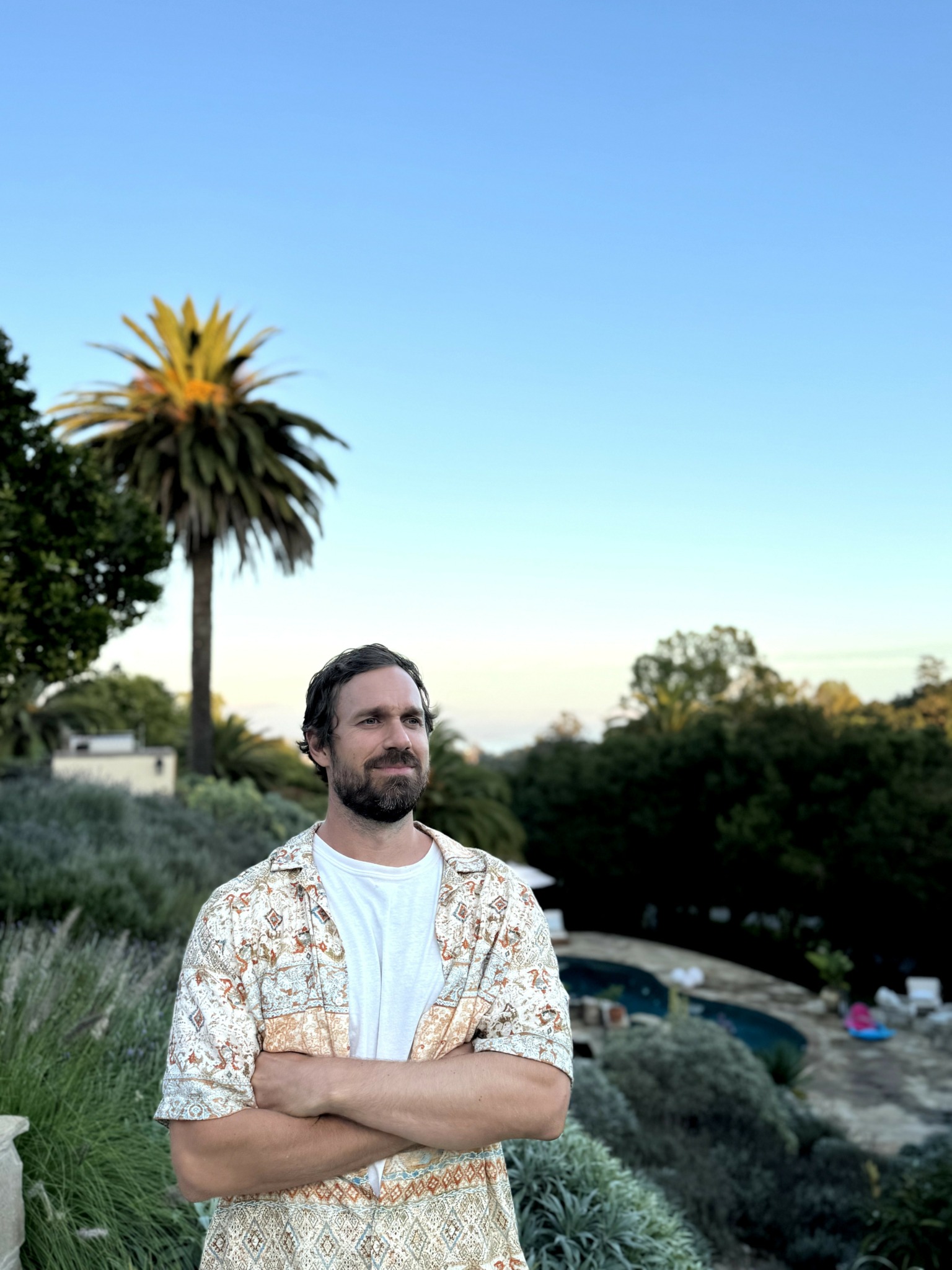We recently connected with Justin Sundgot-Smith and have shared our conversation below.
Justin, looking forward to hearing all of your stories today. Setting up an independent practice is a daunting endeavor. Can you talk to us about what it was like for you – what were some of the main steps, challenges, etc.
Since the inception of Sundgot-Smith Counseling, I’ve always known I wanted to channel my voice and vision into something that reflected my deeper values and that I could call my own. Before opening my practice, I spent many years working in various mental health settings. While those environments were immensely beneficial to my development as a clinician and taught me a great deal about working with diverse client populations, I often felt constrained by their expectations and was left longing for something more. My decision to carve my own path and build a solo practice has been one of the most life-affirming, fulfilling, and empowering experiences of my career, yet also fraught with a great deal of struggle that has only made this journey that much more rewarding.
When I first set out to build my private practice, I knew almost nothing about running a business. In graduate school, we were even discouraged from pursuing private practice, told it was too difficult to succeed — so I never considered it a viable option. For years, I pieced together part-time work at various internship sites to earn the hours I needed for licensure. Once I did become officially licensed, I accepted a full-time position as a Behavioral Health Counselor at UC Santa Barbara, where I enjoyed three fulfilling years of meaningful work and stability. Yet over time, I began to feel restless and disenchanted with the limitations of treating a more Leaving UCSB — with its reliable pay, excellent benefits, and wonderful colleagues — was not an easy decision, but deep down I felt called to serve clients in a way that aligned more closely with my values and vision.
The early days of private practice were slow, uncertain, and steeped in self-doubt. I had walked away from a full caseload at the university for just a handful of clients and soon found myself struggling to make ends meet. Frustration and impatience crept in as I questioned whether I should have listened to my graduate professors and stayed on a safer, more predictable path with guaranteed referrals and a steady paycheck. Building a consistent client base was far more difficult — and humbling — than I had anticipated. After some time, I sought out a consultation group of somewhat more newly established therapists who were having a somewhat parallel process as myself. Even as more established colleagues reassured me that these entrepreneurial growing pains were normal, part of me believed my struggle was uniquely my own, that maybe I simply wasn’t cut out for this. Impostor syndrome, a familiar companion throughout my life, resurfaced strongly during this time, and I found myself face to face with uncomfortable doubts about whether I had made a mistake.
Over time, I realized the futility of wishing away the complicated mix of emotions I was experiencing. Instead, I chose to see them as an integral part of the journey and began to embrace them and use them as mobilizing forces. I sought out a consultation group of fellow therapists who, like me, were navigating the early stages of building their practices — a community where we could share our struggles, support one another, and grow together. I also shifted my focus toward doing the best possible work with the clients I already had, rather than fixating on when the next one might walk through the door. Most importantly, I learned to cultivate a deeper trust in myself and in the process itself, surrendering to the natural ebb and flow of referrals and allowing my practice to evolve in its own time which has become a go to solvent for this brand of anxiety when it emerges.
For anyone thinking about starting their own practice — or any creative or entrepreneurial venture — my biggest piece of advice is to expect discomfort and welcome it as part of the process. The early stages will likely feel uncertain and humbling, and self-doubt may surface more often than you’d like. Instead of resisting those feelings or seeing them as signs you’re not cut out for the work, try to view them as natural companions on the path to growth. Surround yourself with supportive peers who understand what you’re navigating, and lean on community rather than going it alone. Focus your energy on showing up fully for the work that’s in front of you, rather than obsessing over what hasn’t arrived yet. And perhaps most importantly, cultivate trust — in yourself, in your vision, and in the unfolding process. The momentum you’re seeking often builds slowly and quietly, but if you stay the course and meet each challenge with curiosity and persistence, it has a way of carrying you forward.
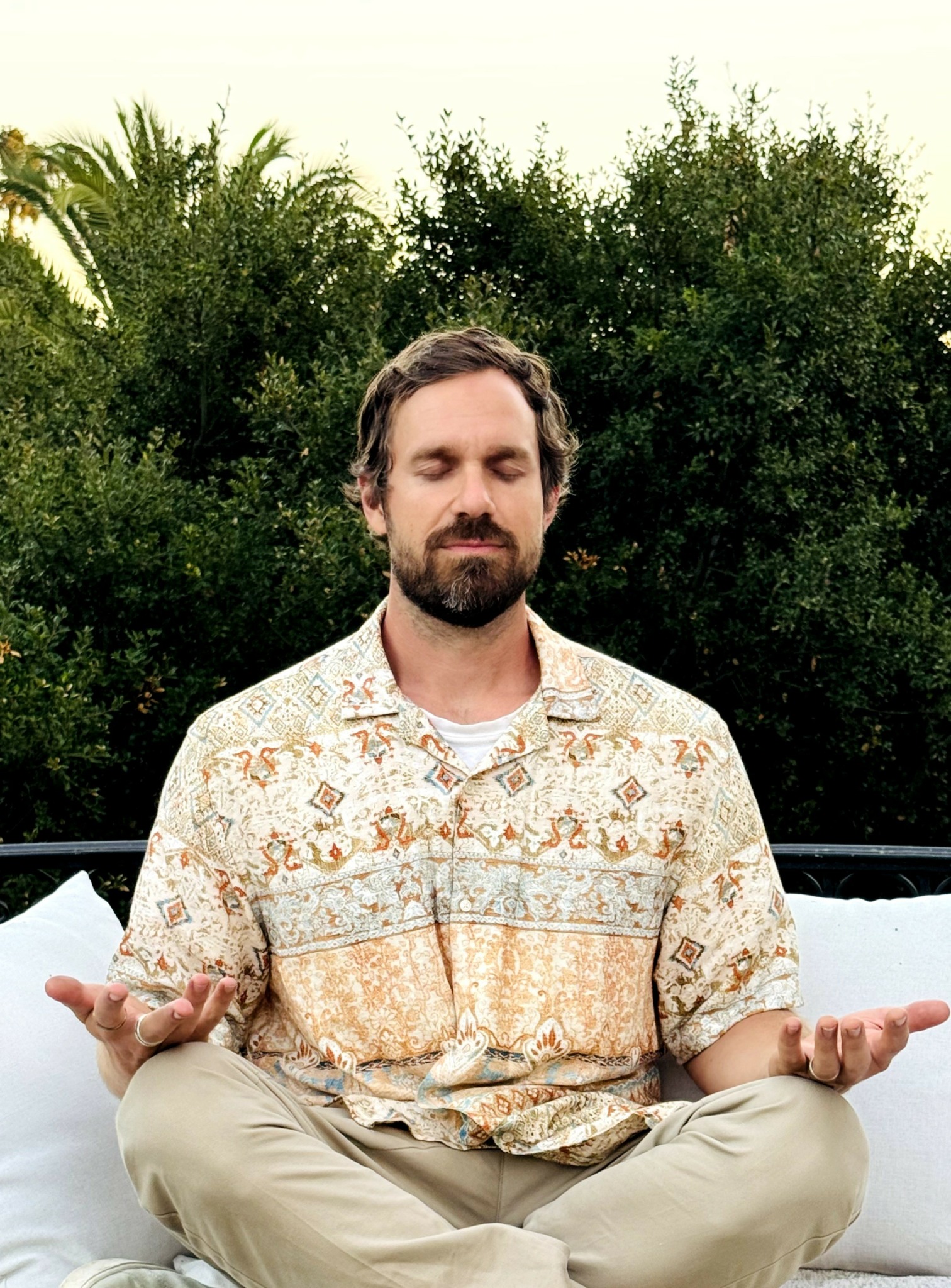
Great, appreciate you sharing that with us. Before we ask you to share more of your insights, can you take a moment to introduce yourself and how you got to where you are today to our readers.
Before entering the field of clinical psychology, I spent years feeling adrift. I tried different paths, but nothing truly resonated — except for music. Music has always been my anchor, a powerful vehicle for healing, connection, and self-discovery, and it ultimately guided me toward exploring therapy as a profession. Initially, I envisioned becoming a music therapist, following one of the only threads in my life that felt deeply meaningful. With that in mind, I enrolled in the master’s program at Antioch University Santa Barbara, not entirely sure of what I was getting into but knowing I needed to pursue something with purpose.
Unlike many of my peers who had long dreamed of becoming therapists, I felt like an outsider. I wasn’t completely certain that clinical work was right for me, and I spent much of my program feeling half-engaged. Around the same time, I became increasingly aware of my own struggles with anxiety — challenges I had pushed aside for years. Learning about the human psyche forced me to confront the state of disarray in my own inner world. Beneath a calm exterior, I was a frantic riptide of overwhelming obsessive thoughts and self doubt.
Seeking my own therapy became a turning point. It not only eased my distress but also helped me reconnect with the work in a more authentic way. When I began my clinical training, something clicked. The more I worked with clients, the more I realized I was exactly where I needed to be. For the first time, I felt grounded, purposeful, and deeply aligned with my calling.
Today, I run a solo private practice, working with young adults and adults both in person and via telehealth. I support clients navigating anxiety, obsessive thinking, depression, substance use, and questions of identity. I especially enjoy working with creatives, helping them move past blocks and fully channel their creative energy. My approach is integrative and relational, blending mindfulness, somatic work, and exploration of the subconscious with traditional modalities. At its core, my work is about helping people deepen their relationship with themselves — transforming how they relate to their thoughts, emotions, and bodily experience. This fosters a compassionate, connected inner life that naturally extends to their relationships with others, guided by curiosity, acceptance, and a holistic understanding of the self.
What sets my practice apart is the deeply personal nature of how I approach therapy. My own lived experience with anxiety informs the empathy, patience, and authenticity I bring to the room. I see therapy not just as a clinical process, but as a creative one that requires a — much like playing an instrument. It requires attunement, presence, and a willingness to improvise in service of something larger.
My practice has become the home I was searching for — a place where the once-disjointed parts of myself have found integration. I’m most proud of building something that reflects not only my values but also my belief that healing is not about erasing pain but transforming our relationship to it. That is the essence of what I want people to know about my work: it’s about guiding others toward a deeper sense of wholeness, meaning, and connection — both within themselves and in the world around them.

If you could go back in time, do you think you would have chosen a different profession or specialty?
This is a question I often find myself returning to, and it’s not an easy one to answer. On one hand, I know without a doubt that I chose the right path — building a private practice, guiding clients, and helping people connect more deeply with themselves has been profoundly meaningful. Yet, part of me sometimes wonders what life might have been like if I had pursued music more seriously. Music has always been one of the few things that allows me to pour my heart and soul fully into a single pursuit, and it offers a sense of transcendence and affirmation that is uniquely powerful and unrivaled for me.
Over time, I’ve realized that these two passions — therapy and music — are not separate, but deeply intertwined. Both require attunement, presence, creativity, and a willingness to engage with vulnerability. Both ask me to show up fully, whether in the studio, on stage, or in the therapy room. In fact, my ongoing journey with music — now moving toward recording my first project with my band — enriches my work as a therapist, helping me to bring curiosity, imagination, and emotional resonance into the space I create for my clients.
So, would I choose the same profession? Yes — absolutely. But I also embrace the “what if” of music as a reminder that life doesn’t have to be one-dimensional, and that the things we love can coexist in ways that deepen our fulfillment. The path I’m on now allows me to integrate both worlds — helping others while continuing to explore my own creativity — and for me, that synthesis feels like the truest measure of a life well-lived.
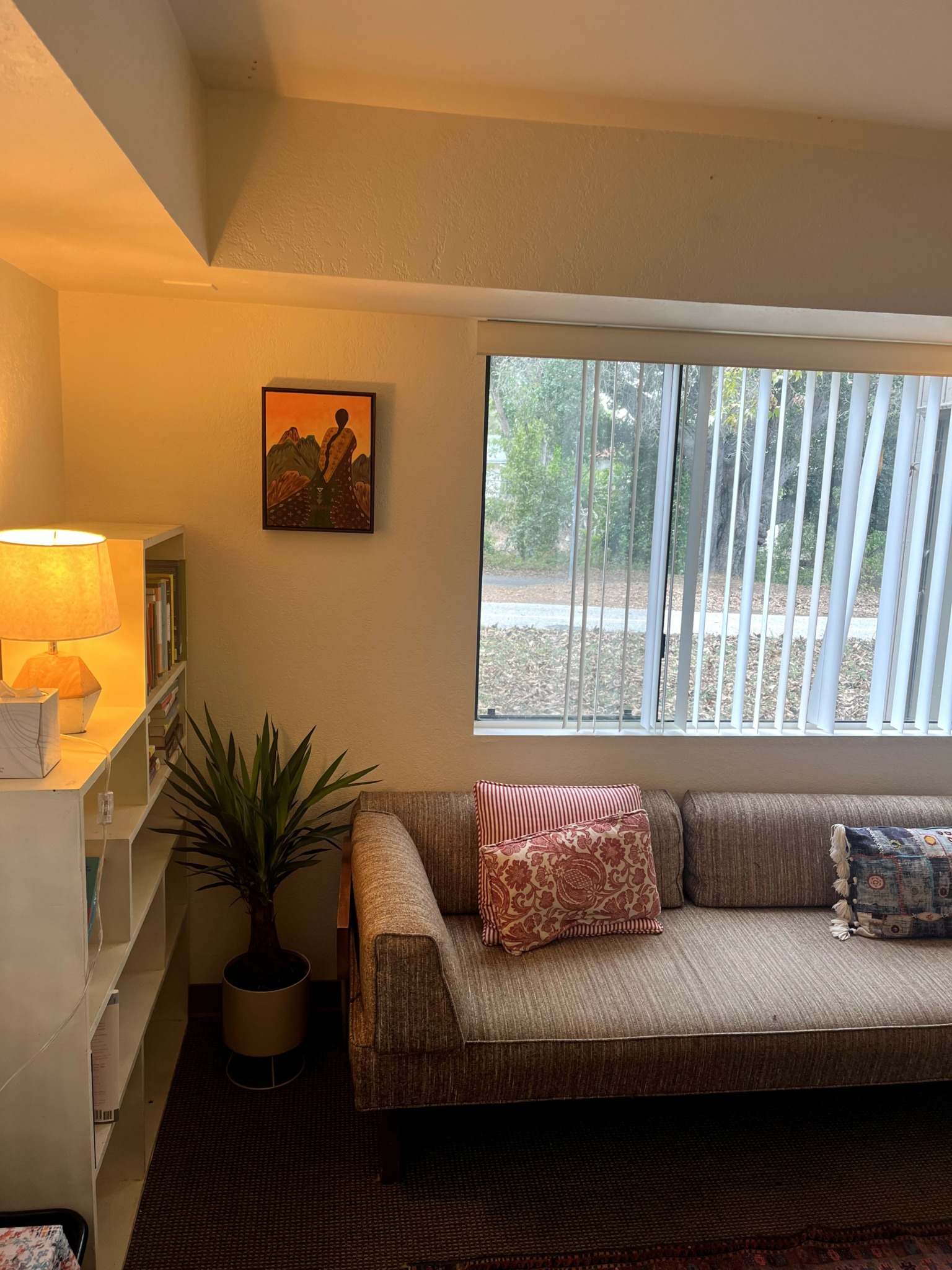
Putting training and knowledge aside, what else do you think really matters in terms of succeeding in your field?
One of the keys to succeeding as a business owner in this field is finding your own brand of therapy — the style and approach that truly reflects your voice and values. Therapy is, in many ways, an art form, and like any artist, you need to find your medium. You might try different techniques and approaches along the way, but the goal is to discover a way of working that feels authentic and sustainable for you. When your style aligns with who you are, clients can sense it, the work flows more naturally, and your practice becomes not just successful, but deeply fulfilling and things just fall into place naturally.
Contact Info:
- Website: https://sundgotsmithcounseling.com
- Instagram: sundgot_smith_counseling
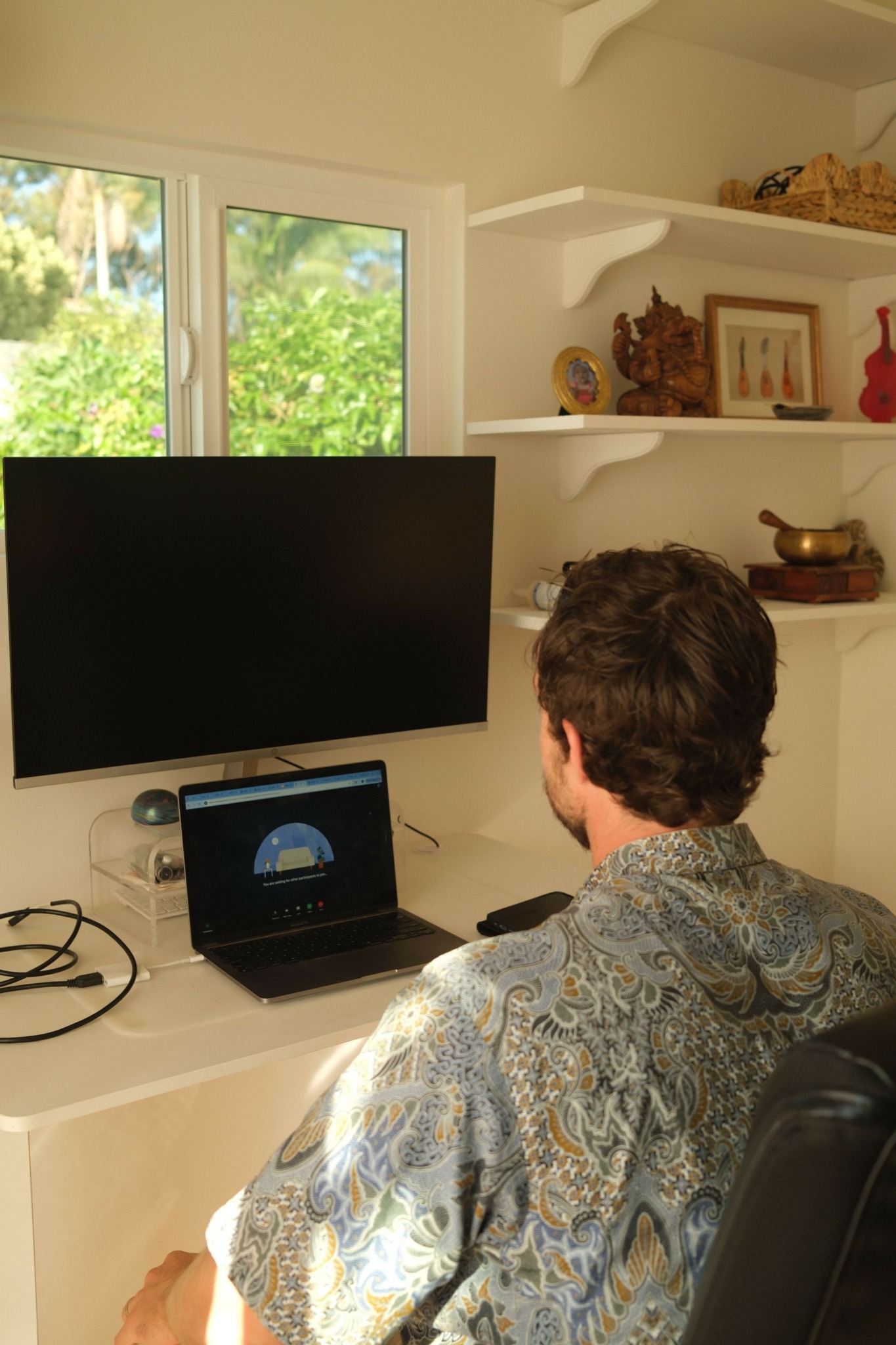

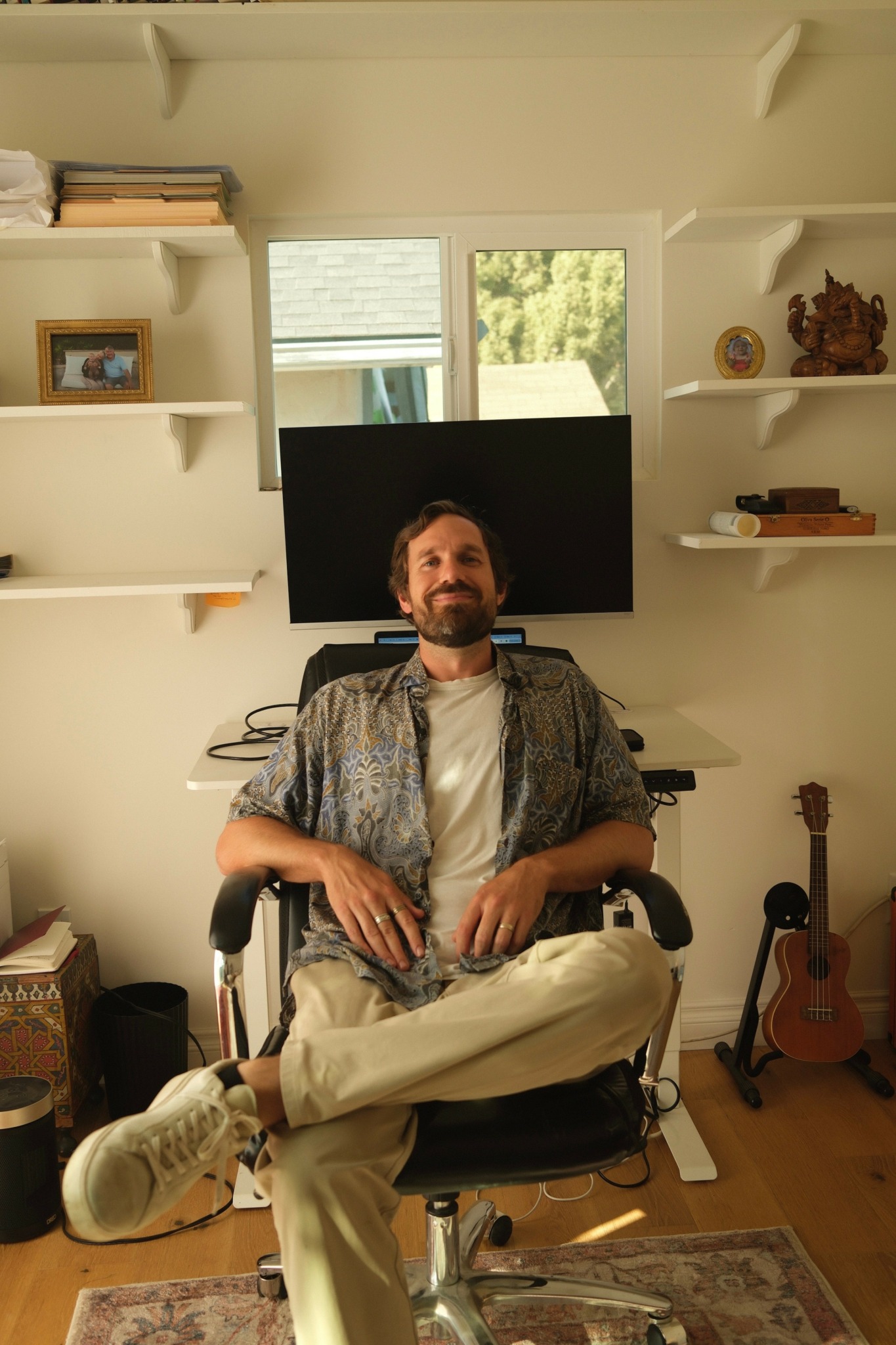
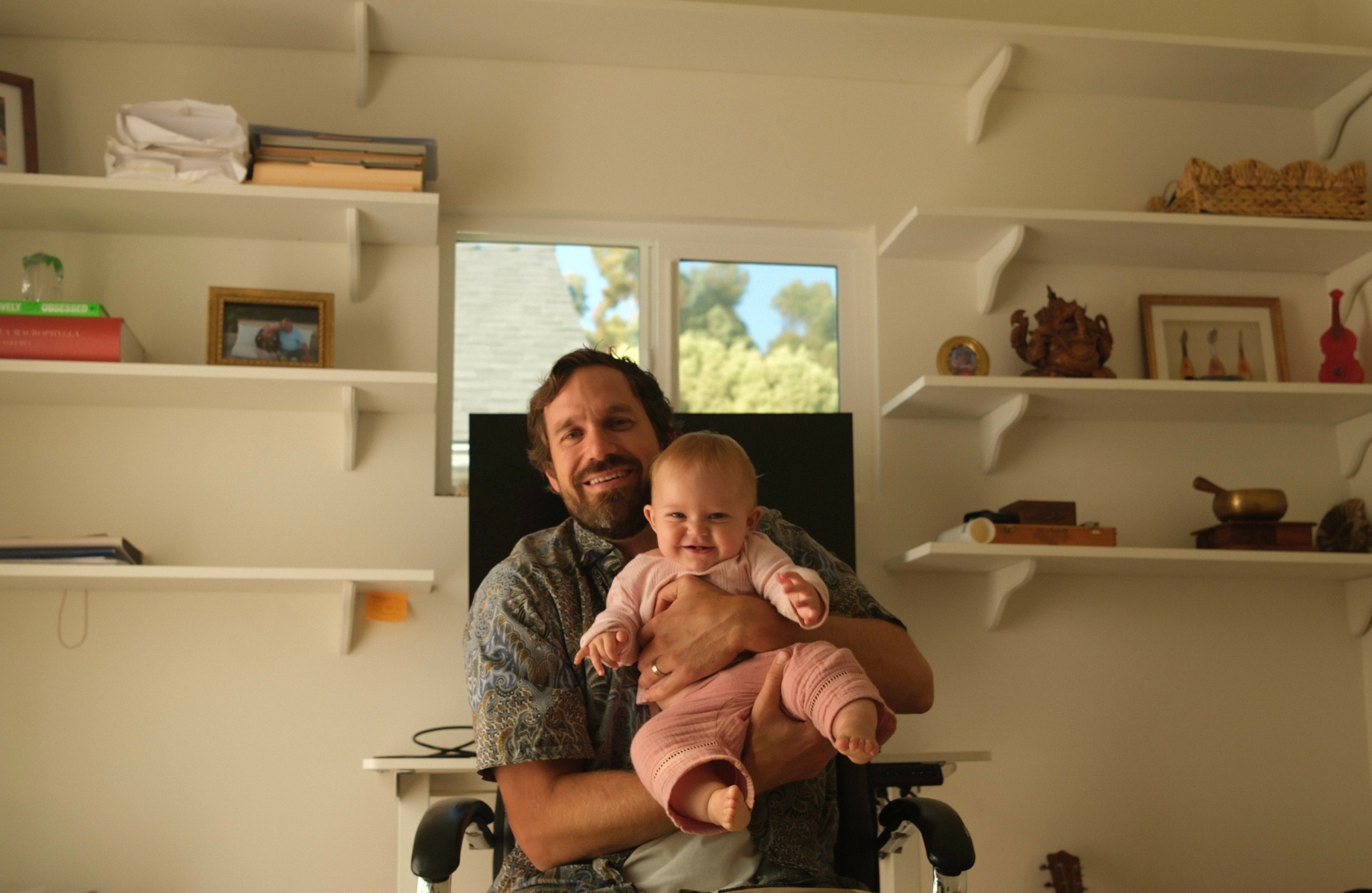
Image Credits
Carola Smith
Jennie Sundgot-Smith


